English Heritage sites near Edgeworth Parish
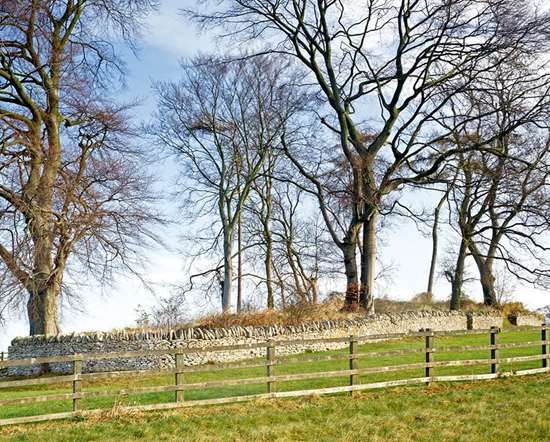
WINDMILL TUMP LONG BARROW, RODMARTON
5 miles from Edgeworth Parish
A Neolithic chambered tomb with an enigmatic 'false entrance'. Opinions vary as to why this false entrance was built.
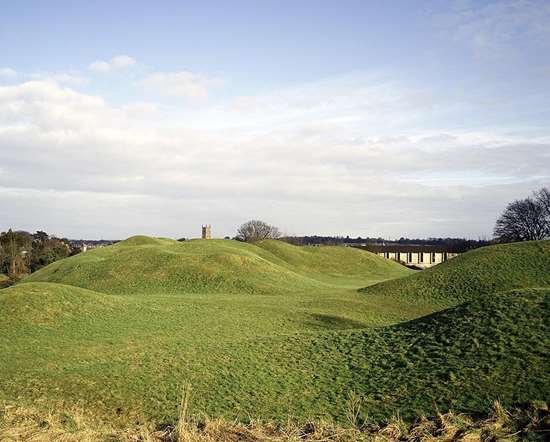
CIRENCESTER AMPHITHEATRE
6 miles from Edgeworth Parish
The earthwork remains of one of the largest Roman amphitheatres in Britain, built in the early 2nd century to serve the important city of Corinium, now Cirencester.
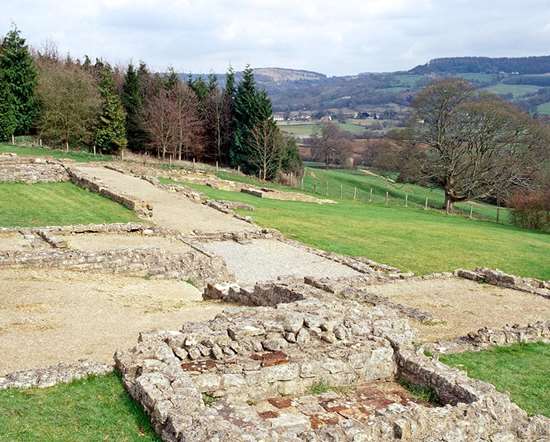
GREAT WITCOMBE ROMAN VILLA
6 miles from Edgeworth Parish
The remains of a large and luxurious villa built about AD 250, with a bathhouse complex, perhaps the shrine of a water spirit, and mosaics.
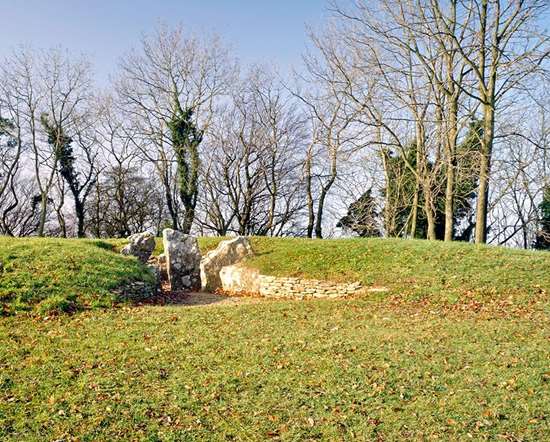
NYMPSFIELD LONG BARROW
10 miles from Edgeworth Parish
Large Neolithic burial mound with spectacular views over the Severn Valley. Built by earliest farming communities in the Cotswolds almost 5,000 years ago. Internal chambers are uncovered for viewing.
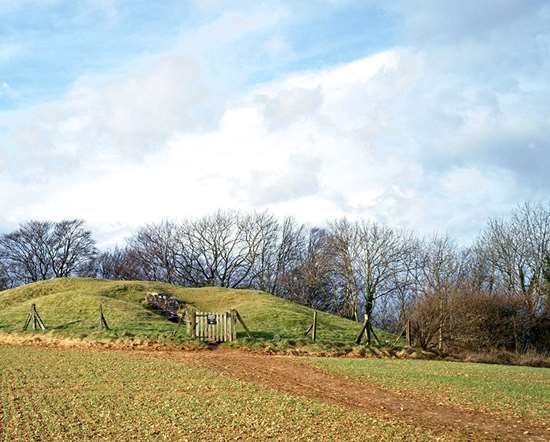
ULEY LONG BARROW (HETTY PEGLER'S TUMP)
10 miles from Edgeworth Parish
A partly reconstructed Neolithic chambered mound, 37 metres (120 ft) long, atmospherically sited overlooking the Severn Valley. 'Hetty Pegler' was its 17th century landowner.
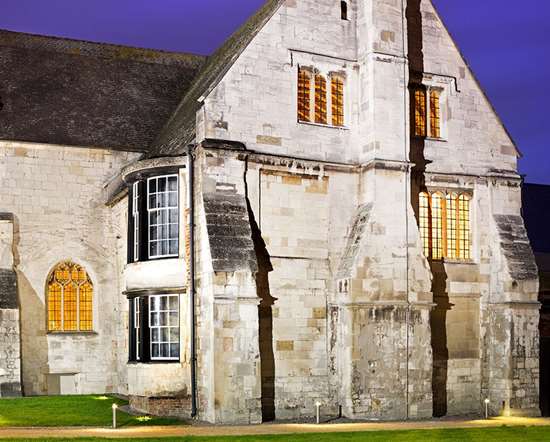
BLACKFRIARS
10 miles from Edgeworth Parish
One of the most complete surviving Dominican friaries in England, later converted into a Tudor house and cloth factory. Notable features include the church and fine scissor-braced dormitory roof.
Churches in Edgeworth Parish
St Mary

Edgeworth
01285 821578
http://erminwestbenefice.org.uk/our-churches/edgeworth/
St Mary’s Church, Edgeworth.
The church has been a place of Christian worship for at least a thousand years. The original Saxon building has been altered, extended and remodelled by successive generations, standing testament to the people who worshipped with in and the rectors and wardens who served.
Little remains of the original Saxon Church , which would have been a tall, narrow rectangular building with small windows. The addition of the west tower and porch during the middle ages presents us with the exterior view we now see. The most recent extensive restoration was undertaken during Victorian times. Today’s church interior is largely the work of the Revd. George Shaw, Rector of Edgeworth for forty years from 1864- 1904. and has not left many medieval features. However, the oldest surviving fragment of stained glass is of particular interest. It depicts an archbishop, with right hand raised in blessing, his left hand gloved and holding a cross staff. The figure wears a brown robe under a chasuble, which is white and decorated with golden flowers. It is believed to be a rare survival of an image of St Thomas a Becket. Edgeworth has a strong association with St Thomas a Becket through the “Edgeworth Miracle”. The miracle was recorded by the contemporary chronicler, Benedict of Canterbury and is one of thirteen Gloucestershire miracles attributed to the healing powers of St Thomas . The miracle is also commemorated in one panel, known as the Edgeworth panel, within a window recording miracles attributed to St Thomas in Canterbury Cathedral.
“Richard Sunieve, son of a poor woman, but herdsman of a well to do knight of Edgeworth, Sir Henry Fitzherbert, suffered like many others from sleeping out of doors. He awoke with his face swelled and spotted, and for eight years the leprosy spread through his body, until at last he was forced to leave not only the knight’s house, but even the village. His mother alone ‘followed him lest he should perish’. From head to foot he was a mass of ulcers. There was not ‘the space of an arrow’s point’ sound. So foul was his state that even his mother could only give him his food at the end of a long stick, or place it where he could find it. Now the boy heard of the Martyr’s fame, and wept that he had no strength to travel to him. His tears were useless till he invoked the Saint and rose from his bed and turned towards Canterbury. When admitted to the Sepulchre (of St. Thomas) he kissed it, and a great swelling like a small apple, which had projected between his nose and lip, suddenly disappeared. He thought it must have fallen, and felt for it, but could not find it. On tasting of the Water taken from the spring waters in the Well in the Crypt, near to the Saint’s tomb, and mixed with a spot of the Saint’s blood, he was affected like one intoxicated. His feet tottered and he could scarcely make his way out of the Church. Then he fell into an ecstasy. Presently, arising from the ground, he felt a new nimbleness in his body, and the skin, which, at the moment of his fall, had been distended by leprosy was now, to his great astonishment, quite thin and wrinkled. To put off his return was not to be borne. So, in order to present himself to his friends whole, he gladdened them before us by going home at once.”
No churches found in Edgeworth Parish
